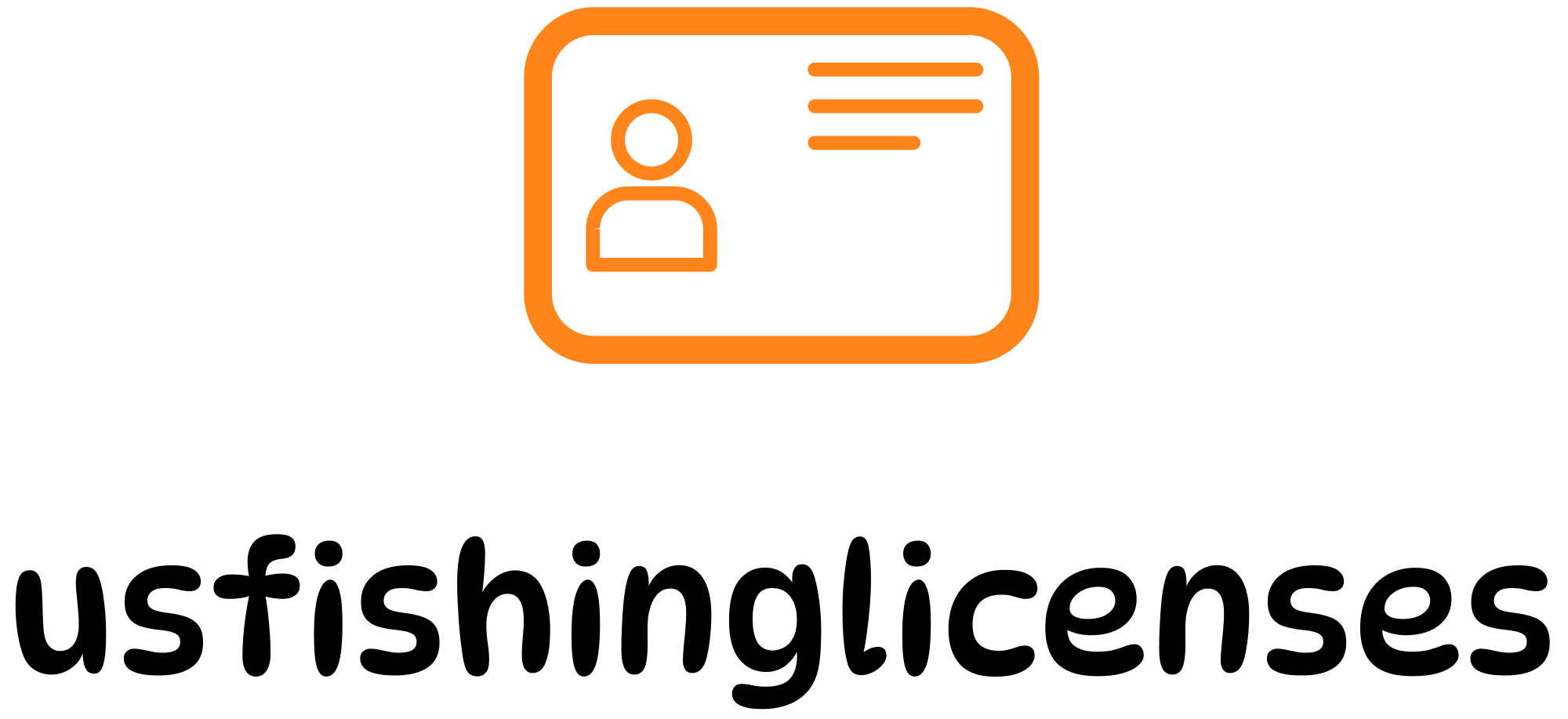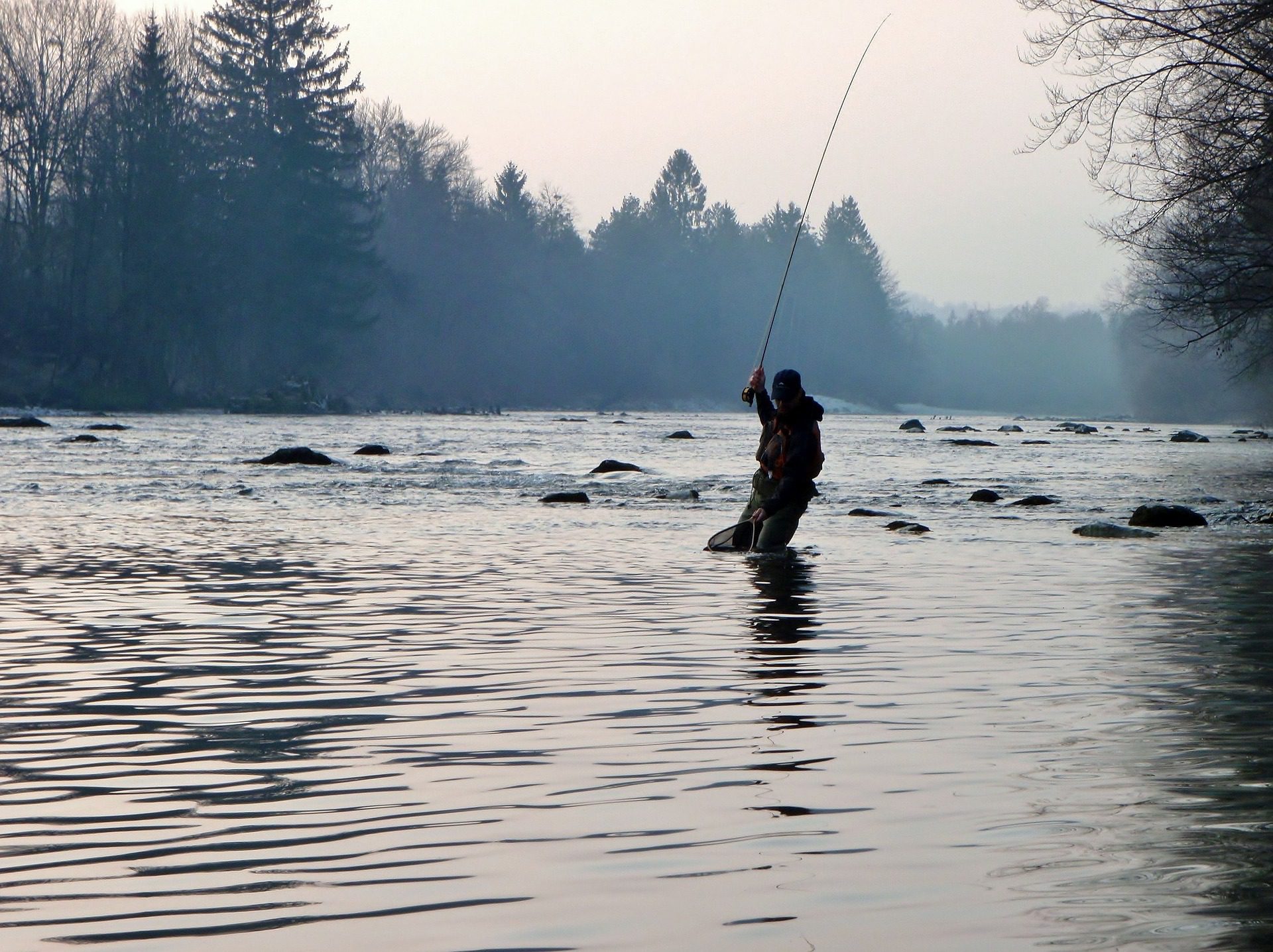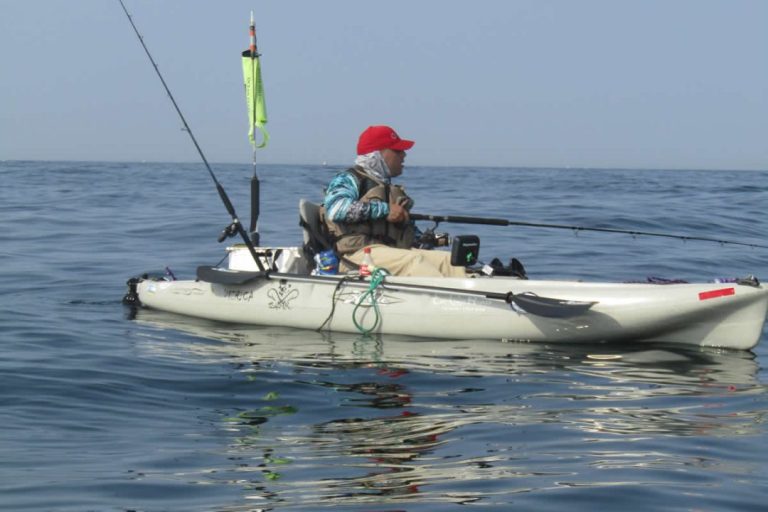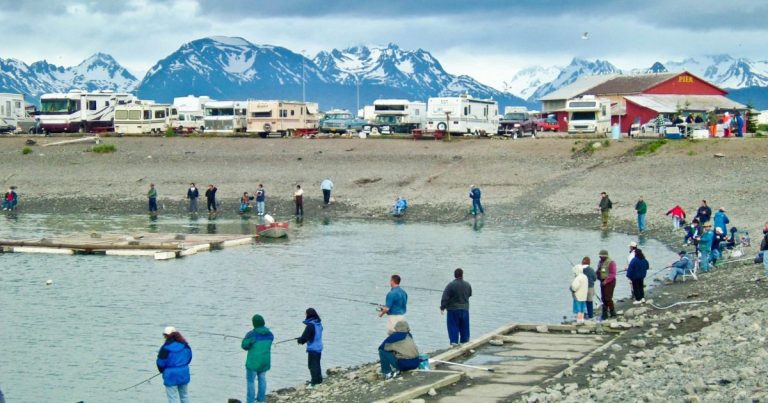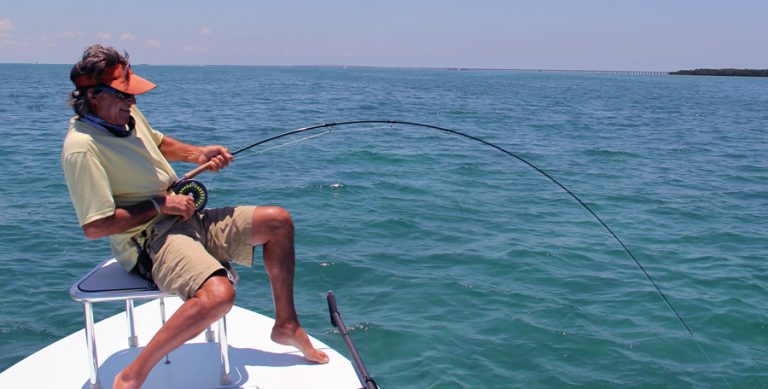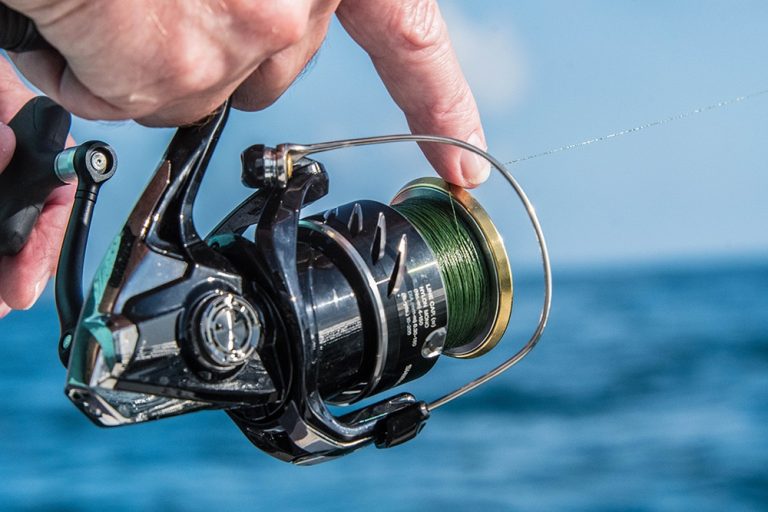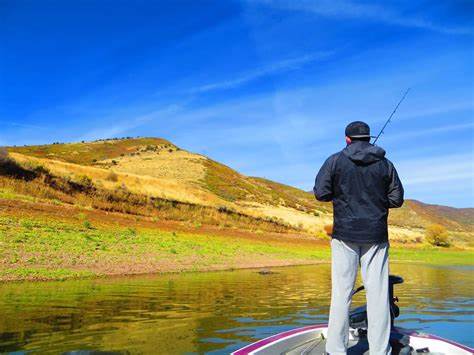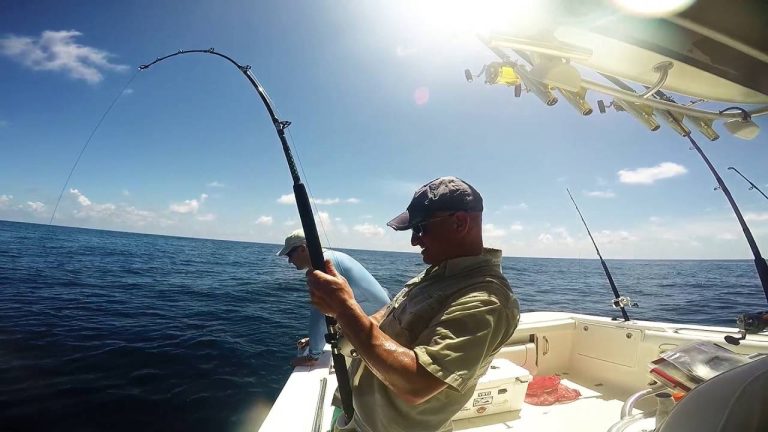Fly fishing is a captivating and rewarding sport that offers a unique way to connect with nature. Whether you’re casting to rising trout on a misty mountain stream or pursuing bass on a local pond, this comprehensive guide will help you navigate the world of fly fishing licenses and essential gear. Let’s dive in and explore everything you need to know to start your fly fishing journey!
Understanding Fishing Licenses
Before you can hit the water, it’s crucial to understand the licensing requirements for fly fishing in your area. Fishing licenses are typically required for anglers aged 16 and older, with specific regulations varying by state.
Why Do You Need a Fishing License?
Fishing licenses serve several important purposes:
- Conservation: License fees fund fish stocking programs, habitat restoration, and research efforts to maintain healthy fish populations.
- Regulation: Licenses help wildlife agencies manage fish populations and enforce fishing regulations.
- Access: Your license grants you legal access to public fishing areas.
- Education: Many states require anglers to complete a fishing education course before obtaining a license, promoting responsible fishing practices.
Types of Fishing Licenses
Fishing licenses come in various types to suit different needs:
- Annual Licenses: Valid for one year from the date of purchase.
- Short-term Licenses: Available for 1-day, 3-day, or 7-day periods, ideal for vacations or trying out the sport.
- Lifetime Licenses: A one-time purchase that covers you for life, often a cost-effective option for dedicated anglers.
- Senior Licenses: Many states offer discounted or free licenses for anglers over 65.
- Combination Licenses: Some states offer licenses that combine fishing and hunting privileges.
How to Obtain a Fishing License
Obtaining a fishing license is typically a straightforward process. Here are the most common methods:
- Online: Most states offer online license purchasing through their fish and wildlife department websites. This is often the most convenient option, allowing you to print your license immediately or store it digitally on your smartphone.
- In-person: You can purchase licenses at various retail locations, including sporting goods stores, bait shops, and some convenience stores. This option is great if you prefer face-to-face interactions or need advice from knowledgeable staff.
- By phone: Many states offer a toll-free number to purchase licenses over the phone. This can be a good option if you’re comfortable providing personal information verbally.
- At a wildlife office: You can visit your local fish and wildlife office to purchase a license in person. This is an excellent opportunity to ask questions and get information about local fishing regulations.
What You’ll Need to Purchase a License
When buying a fishing license, you’ll typically need to provide:
- Personal information: Name, address, date of birth, and sometimes a driver’s license number or social security number.
- Proof of residency: If you’re purchasing a resident license, you may need to show proof of residency, such as a driver’s license or utility bill.
- Payment: Most locations accept credit cards, debit cards, and cash. Online purchases typically require a credit card.
Fishing License Costs
License costs vary widely depending on the state, type of license, and duration. Here’s a general range of what you might expect to pay:
- Annual resident licenses: $20 – $50
- Annual non-resident licenses: $40 – $100
- Short-term licenses (1-7 days): $10 – $30
- Lifetime licenses: $200 – $1000+
Many states offer discounted rates for seniors, veterans, and individuals with disabilities. Be sure to check if you qualify for any special rates.
Additional Permits and Stamps
Depending on where and what you plan to fish, you may need additional permits or stamps. These can include:
- Trout stamps: Required in many states to fish for trout in designated waters.
- Salmon/steelhead tags: Necessary for fishing these species in some areas.
- Federal duck stamp: Required for fishing in certain national wildlife refuges.
- Special use permits: Some areas may require additional permits for access or specific fishing methods.
Always check local regulations to ensure you have all necessary permits and stamps before fishing.
Essential Fly Fishing Gear for Beginners
Now that we’ve covered licensing, let’s dive into the essential gear you’ll need to get started with fly fishing. While it might seem overwhelming at first, remember that you don’t need to buy the most expensive equipment right away. Focus on quality basics that will serve you well as you learn and grow in the sport.
1. Fly Rod and Reel Combo
As a beginner, a fly rod and reel combo is an excellent place to start. These matched sets ensure compatibility and take the guesswork out of pairing a rod with a reel.
Recommended for beginners:
- Rod length: 8.5 to 9 feet
- Line weight: 5 or 6 weight (versatile for various fish species)
- Action: Medium to medium-fast (offers a good balance of casting ease and accuracy)
Look for reputable brands like Orvis, Temple Fork Outfitters (TFO), or Redington, which offer quality entry-level combos.
2. Fly Line
Your fly line is crucial for casting and presenting your fly to the fish. As a beginner, start with a weight-forward floating line that matches your rod’s weight.
Key features to look for:
- Weight-forward taper for easier casting
- Floating design for versatility
- Bright color for visibility
Brands like Rio, Scientific Anglers, and Airflo offer excellent options for beginners.
3. Leaders and Tippet
Leaders connect your fly line to your fly, while tippet is used to extend or repair leaders.
For beginners:
- Start with 9-foot tapered leaders in 3X to 5X sizes
- Get a selection of tippet spools in 3X, 4X, and 5X sizes
Brands like Rio, Orvis, and Trout Hunter offer quality leaders and tippet.
4. Flies
Flies are artificial lures designed to imitate the insects and other prey that fish eat. As a beginner, start with a selection of basic patterns:
- Dry flies: Parachute Adams, Elk Hair Caddis
- Nymphs: Pheasant Tail, Hare’s Ear
- Streamers: Woolly Bugger, Muddler Minnow
Consider purchasing a fly selection or asking your local fly shop for recommendations based on your local waters.
5. Fly Box
A fly box keeps your flies organized and protected. Look for a waterproof box with foam or silicone inserts to hold your flies securely.
6. Waders and Wading Boots
While not strictly necessary to start, waders and boots allow you to fish comfortably in deeper water and varying conditions.
For beginners:
- Breathable stockingfoot waders
- Felt or rubber-soled wading boots (check local regulations, as felt soles are banned in some areas due to concerns about spreading invasive species)
Brands like Simms, Orvis, and Frogg Toggs offer quality options at various price points.
7. Fishing Vest or Pack
A vest or pack helps you keep your gear organized and easily accessible while on the water.
Features to look for:
- Multiple pockets for storing flies, tools, and accessories
- Comfortable fit for all-day wear
- Water-resistant materials
8. Tools and Accessories
Several small tools will make your fishing experience more enjoyable and efficient:
- Nippers: For cutting line and trimming knots
- Forceps or hemostats: For removing hooks from fish
- Net: For safely landing and releasing fish
- Floatant: To help dry flies float
- Sunglasses: Polarized lenses help reduce glare and improve visibility in the water
- Hat: For sun protection
- Sunscreen: To protect your skin during long days on the water
9. First Aid Kit
Always carry a basic first aid kit when fishing. Include items like bandages, antiseptic wipes, pain relievers, and any personal medications you might need.
Choosing the Right Gear for Your Needs
When selecting your fly fishing gear, consider the following factors:
- Local fishing conditions: The type of water you’ll be fishing (streams, rivers, lakes) and the species you’ll be targeting can influence your gear choices.
- Budget: While it’s tempting to buy the most expensive gear, focus on quality basics that fit your budget. You can always upgrade later as your skills improve.
- Comfort: Ensure that your waders, boots, and vest fit comfortably for long days on the water.
- Versatility: Choose gear that can adapt to various fishing situations, especially as you’re starting out.
- Local recommendations: Consult with local fly shops or experienced anglers for advice on gear that works well in your area.
Getting Started with Fly Fishing
Now that you have your license and essential gear, it’s time to get out on the water! Here are some tips to help you get started:
- Take a class: Many fly shops and outdoor retailers offer beginner fly fishing classes. These can be invaluable for learning proper casting techniques and basic fly fishing principles.
- Practice casting: Before heading to the water, practice your casting in an open area like a park or your backyard. Focus on smooth, controlled movements.
- Start simple: Begin with easier techniques like nymph fishing under an indicator before progressing to more challenging methods like dry fly fishing.
- Learn to read water: Understanding where fish are likely to hold in a stream or river is crucial. Look for current breaks, deep pools, and structure where fish might be hiding.
- Respect the environment: Practice catch and release when appropriate, and always follow local fishing regulations and leave no trace principles.
- Join a club: Local fly fishing clubs are great resources for learning, finding fishing buddies, and discovering new fishing spots.
- Be patient: Fly fishing has a learning curve, but the rewards are well worth the effort. Don’t get discouraged if you don’t catch fish right away – enjoy the process and the beautiful surroundings.
Conservation and Responsible Fishing
As a fly angler, you play an important role in conserving our aquatic resources. Here are some ways you can practice responsible fishing:
- Follow all fishing regulations, including catch limits and size restrictions.
- Practice proper catch and release techniques to minimize harm to fish.
- Use barbless hooks to make releasing fish easier and less damaging.
- Clean your gear between fishing trips to prevent the spread of invasive species.
- Participate in local conservation efforts, such as stream cleanups or habitat restoration projects.
- Support organizations that work to protect fish and their habitats, such as Trout Unlimited or your local watershed association.
Conclusion with Call-to-Action
Fly fishing offers a unique and rewarding way to connect with nature, challenge yourself, and create lasting memories. By obtaining the proper fishing license and investing in quality basic gear, you’re setting yourself up for success as you begin your fly fishing journey.
Remember, the most important things are to be patient with yourself as you learn, respect the environment, and enjoy the experience. Whether you’re casting to rising trout on a misty mountain stream or pursuing bass on a local pond, fly fishing offers endless opportunities for adventure, relaxation, and personal growth.
So, what are you waiting for? Get your license, gather your gear, and start your fly fishing adventure today. Visit usfishinglicenses.com to find information on obtaining your fishing license and discover local fishing opportunities in your area.
